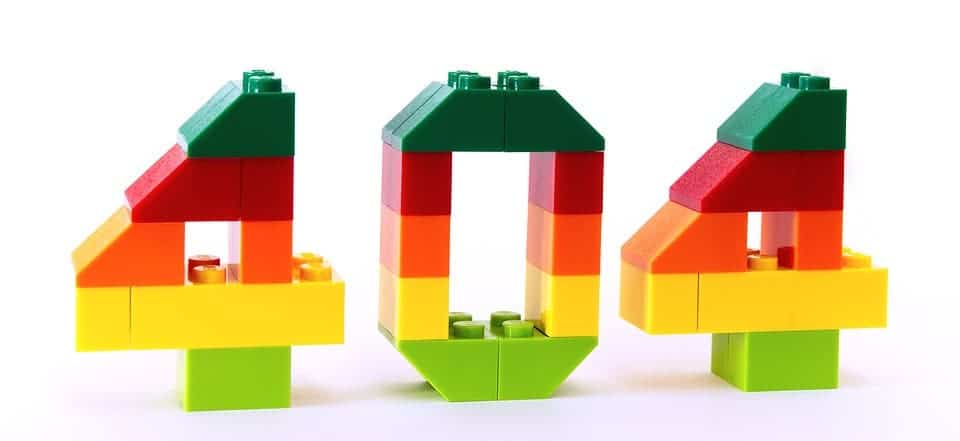New research at the University of Arizona (UA) is peering into the brain as we make mistakes — and how our eyes give us away.

Pupil size and reactivity correlates with certain types of mistake making, a new paper reports. The findings should help us better understand how our brains react to errors they make, and, possibly, how to make fewer mistakes.
Dilating under error
“When we make decisions in real life, we don’t have all the information presented to us at once; we have to integrate the information over time to make a decision,” said lead author Waitsang Keung, a postdoctoral research associate in the UA Department of Psychology.
“Humans don’t make perfect decisions. They’re subjected to a lot of cognitive biases, so one question is what kind of biases are they subjected to in this process of integrating evidence over time?”
The team worked with 108 participants that they put through an auditory test in the lab. Each participant was asked to listen to a series of 20 clicks, some played in the left ear and some in the right one, over a single second. They were then asked to decide which ear heard the most click. Every participant repeated the task 760 times on average, and the pattern of clicks varied each time.
If 20 clicks per second sound like a lot, it’s because it is. The team intentionally made their task difficult, so as to make mistakes common. All in all, participants got the wrong answer 22% of the time. All through the trials, the participants’ pupils were tracked so the team could see how they behaved when an error was made.
Drawing from this data, the team examined four sources believed to contribute to mistake making in simple (or perceptual) decisions. The first of these sources is that we place different value on parts of information we receive over time. For example, some students participating in a class will give a great deal of weight to the speaker’s opening remarks — known as “primacy effect” — while others will be moved by the final comments instead — the “recency” effect. This pattern of lending different weight to information over time is known as the “integration kernel”, according to the team.
Another cause would be brain ‘noise‘, which is its inability to interpret all input flawlessly. Finally, the team looked at an ‘order effect from previous trials’, which is the tendency for our present decisions to be influenced by past choices and outcomes, as well as ‘irrational side biases’ — these are an individual’s consistent preference for one choice over another, regardless of the evidence they’re faced with.
While the participants made mistakes based on all four of these sources, only two of them correlated with pupil dilation — those caused by brain noise and uneven integration kernels. Participants who weighted evidence more unevenly during the task showed pupil dilation upon making a mistake, particularly those who placed most weight on clicks heard during the middle of the task (rather than at the beginning or end). Uneven integration kernels were the second-leading cause of errors made during the trial, the team adds. Brain noise was the leading cause of errors, and also correlated with pupil dilation upon errors.
“The brain is an intrinsically noisy thing, because it’s basically a computer made of fat and water. It has an intrinsic inability to represent stimuli perfectly,” said UA assistant professor of psychology and paper co-author Robert Wilson.
Mistakes caused by order effect from previous trials or irrational side biases were not correlated with changes in pupil size.
Pupil size is indicative of norepinephrine levels in the brain, the team explains. This neurotransmitter plays a part in arousal modulation, and the team used pupil dilation as a proxy to measure how much of it was in each participant’s system.
“Arousal processes seem to be involved in modulating two kinds of mistakes, but not all four kinds of mistakes, and it may be norepinephrine-driven,” Wilson said. “That potentially means that norepinephrine is controlling the number of mistakes that we’re making and our amount of behavioral variability.”
“We’re really trying to get at this question of why do we make mistakes, and the answer is, in part, because we have multiple systems in our brain that are sort of competing with each other and causing us to make suboptimal decisions. To a certain extent that’s controllable, but not completely.”
The team notes that while some participants showed a strong pupillary response upon making a mistake, others showed a weak response, even none altogether — it all depended on what caused said mistake. That raises the question of why some people are more prone to making a certain kind of mistake than others, but the team says they need to look into the issue in the future. They’re also interested in finding out whether modulating norepinephrine levels in the brain can be used to “control” the number of mistakes we make.
The paper “Regulation of evidence accumulation by pupil-linked arousal processes” has been published in the journal Nature.



